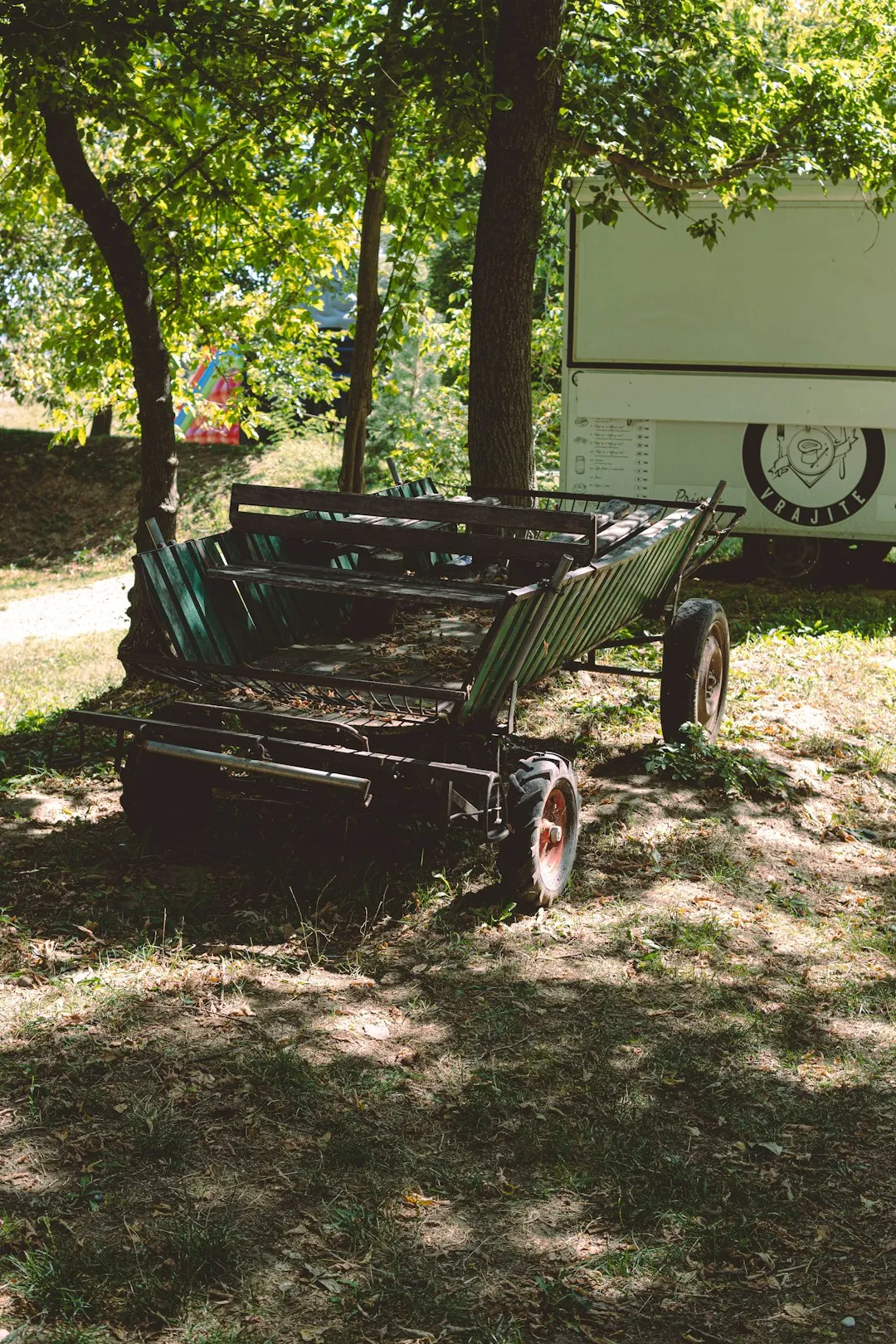The Secret to a Thriving Lawn: Perfect Aeration Timing

Maintaining a beautiful and healthy lawn is a dream for every homeowner. One of the most crucial aspects of lawn care that often goes overlooked is aeration. Knowing exactly when you should aerate your lawn will help you revive a struggling lawn without chemicals. In this article, we'll explore how to tell if your lawn needs aerating and how to time it right.
First, let's understand what aeration is and why it's so important. Aeration is the process of creating small holes in the soil of your lawn. These holes allow air, water, and nutrients to penetrate the grass roots more easily. Over time, soil can become compacted due to foot traffic, heavy equipment, or even natural settling. Compacted soil restricts the movement of air, water, and nutrients, which can lead to a weak and unhealthy lawn.
So, how can you tell if your lawn needs aerating? There are several signs to look out for. One of the most obvious signs is if your lawn feels spongy or bouncy when you walk on it. This is a sign that the soil is compacted and not allowing proper drainage. Another sign is if your grass is thinning or turning yellow. This could be due to a lack of oxygen and nutrients reaching the roots. If you notice that water is pooling on your lawn after a rainstorm, it's also a sign that the soil is compacted and not allowing water to penetrate.
Once you've determined that your lawn needs aerating, the next step is to figure out the best time to do it. The timing of aeration depends on several factors, including the type of grass you have, the climate in your area, and the condition of your soil. In general, the best time to aerate a lawn is during the growing season when the grass is actively growing. This allows the grass to recover quickly from the aeration process.
For cool-season grasses, such as Kentucky bluegrass, fescue, and ryegrass, the best time to aerate is in the early spring or fall. These grasses grow most actively during these times of the year, and aerating during these periods will help them recover quickly. In the spring, aerating can help prepare the soil for the growing season by allowing air, water, and nutrients to reach the roots. In the fall, aerating can help the grass recover from the stress of the summer and prepare for the winter.
For warm-season grasses, such as Bermuda grass, zoysia grass, and St. Augustine grass, the best time to aerate is in the late spring or early summer. These grasses grow most actively during the warm months of the year, and aerating during these periods will help them thrive. Aerating in the late spring or early summer can help the grass recover from the stress of the winter and prepare for the hot summer months.
It's important to note that aeration should not be done during periods of drought or extreme heat. Aerating during these times can cause more stress to the grass and may even damage it. If you're unsure about the best time to aerate your lawn, it's always a good idea to consult with a professional lawn care service.
Now that you know when to aerate your lawn, let's talk about how to do it. There are several methods of aeration, including spike aeration and core aeration. Spike aeration involves using a tool with spikes to poke holes in the soil. Core aeration, on the other hand, involves removing small plugs of soil from the lawn. Core aeration is generally considered to be more effective than spike aeration because it removes the compacted soil and allows for better air, water, and nutrient penetration.
When aerating your lawn, it's important to follow a few tips to ensure the best results. First, make sure your lawn is moist but not wet. Aerating a dry lawn can cause damage to the grass, while aerating a wet lawn can make the soil too compacted. Second, use a sharp aerator to ensure clean and precise holes. Dull aerators can cause more damage to the grass and may not be as effective. Third, aerate in a pattern to ensure even coverage of the lawn. Finally, after aerating, it's a good idea to fertilize and water your lawn to help the grass recover.
In conclusion, aerating your lawn is an important part of lawn care that can help you revive a struggling lawn without chemicals. By knowing when to aerate your lawn and how to do it properly, you can ensure a healthy and beautiful lawn for years to come. So, take the time to assess your lawn and determine if it needs aerating. Then, follow the tips in this article to aerate your lawn at the right time and in the right way. Your lawn will thank you for it!